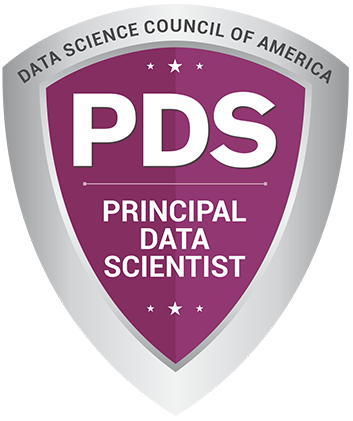
Science. Technology. Engineering. Mathematics. Statistical Modelling. Data Visualization and Processing. Data Science, in short. You’d think the correlation was kinda obvious, but not when you have an education system that’s more Rip Van Winkle than Captain Kirk.
STEM has been the mainstay of most students wanting to build their career in the sciences – technology, research, or even medicine. You’d think in an era when Data Science has been called the sexiest job of the century and projections for a humongous skill shortage that’s only growing in exponents with each passing year, the demand supply dynamics would match, or at least come close. But even for Mr. Tim The Big Four Big Data Recruiter, it’s just about as distant a dream as an introspective walk down the lanes of Baku.
But before we rush in where they fear to tread, a customary look at the numbers to substantiate.
2.4 million STEM related jobs are expected to remain unfilled in 2018, with the average YoY growth projected at 13%. This may sound a little subdued at first, until you compare the demand rates and see the gaping hole between it and the supply – Data science jobs have grown over 650% since 2012 and are still touted by major publications and employers as the highest ranking jobs with the highest pay as of 2018. What’s the growth trajectory like, you say? How about 11.5 million jobs by 2026? And what do they need? Back to the beginnings of this article. Science. Technology. Engineering. Mathematics.
Status Quo is Status WoeThough the strides made in Data Science, Machine Learning and Artificial Intelligence and their ilk have been massive, to say the least. STEM education on the other hand, has been and continues to lag in an what seems an almost agonizing way. Projections by the US Department Labor points out that the mighty US University education system manages only a measly 29% of talent fulfilment in specialized computer jobs, leaving employers in the lurch to seek out the remaining 71%. This, in spite of the widespread acknowledgement that the median pay for data science and machine learning employees far exceeds the national averages of computer programmers by more than $15,000 in annual pay. You’d think it’s the time is nigh for the education system to sit up and take notice, but it is easier said than done. In fact, the demand has outstripped the supply for more than six years now, with no signs of relenting. So the talking heads at the Data Science Council of America put their heads together for the match that could be, but isn’t. Not that we got super creative with this blog title, anyway.
And Here’s The KickerThe research points to the obvious. The inclusion of Data Science Curricula in advanced STEM courses at the college level for the capable.
In fact, there’s no reason why not, given the economics of it. Student debt is a widespread problem in the American economy today, and it’s only fair that they be given a shot at immediate lucrative employment data science related job functions that would provide easier and faster employment with significantly higher pay. In fact, the first-mover institutions in this domain are already strengthening ties with globally recognized certification authorities to provide the knowledge, skills and credentials needed for their students. DASCA has been advocating the inclusion of specialized Data Science curriculum in STEM programs in colleges and universities to close in on the skill gap that seems to be reaching crisis proportions in the country’s tech sector. Question is, how much longer till the winds of change start putting out the fire in the present American tech-sector skill gap scenario?


































